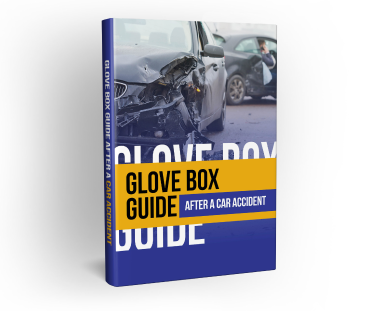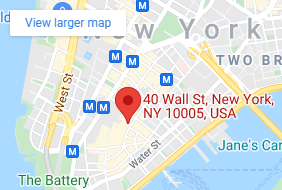$3,200,000 Settlement
Our client, a 38 year old, was admitted to the hospital for elective surgery (replacement of a heart valve). The operation was performed in text-book fashion and considered successful. Remaining in the recovery suite overnight, she was transferred to a different room the following morning. Visited by the surgeon in the early morning, it was noted in the hospital record that the patient was “comfortable and stable.” After the surgeon left the room however, a nurse observed the patient gasping for air, and turning blue. A code was immediately called as a CPR crew, including the surgeon who was still on the floor, rushed in with a crash cart. By this time, the patient was now unconscious (her heart had stopped, and she had no vital signs). CPR, shots and electric paddle shock treatments produced no results. (These emergency attempts took over four minutes). Receiving no response, the surgeon picked up a scalpel and hurriedly re-opened the surgical incision line on her chest. Immediately, blood gushed out like a geyser. Her heart started to beat again, and her pulse and blood pressure were sufficient to be recorded on the monitor. The patient’s life was saved, but during the time her heart stopped, there was a critical interruption of blood and oxygen to the brain, resulting in brain damage.
The big question was, what caused her heart to stop if the valve surgery was so successful? Indeed, it was the defense’s position that what occurred, although most unfortunate, was not caused by medical negligence, but rather that it was an unforeseen and unpredictable outcome (a risk of the procedure). They continued to stick by the defense that the law does not require a doctor or hospital to guarantee a good result or outcome, absent any negligence. As such, the defense pressed its position and offered very little before trial in order to settle the case.
When the day for trial arrived, we selected a jury, and proceeded to trial. Having prepared the case thoroughly, our trial team exhausted every avenue in attempting to discover the actual cause of the catastrophic event. And we found it!
Scribbled illegibly in a one line note in a remote section of the hospital record (which contained hundreds of pages) we came upon an entry made by a first year resident, stating that the drain inserted in the chest wall to remove blood from the surgical site, had been removed in the early morning hours. According to the note, the drain was no longer drawing out blood (the resident believed that the drain had done its job and was no longer necessary).
Through a nurse’s note in another part of the record, there was a brief entry that the drain actually had some blood in it (this would be a sign that the drain was clogged). Thus, when the resident removed the drain (thinking that the chest cavity was free of blood), blood continued to ooze from the surgical site, thus becoming pooled, and building up in volume without being evacuated from the chest cavity (which is a closed space). As it received more blood, it began to act as a straight jacket around the heart until the heart simply had no room to pump. Once that point was reached, the heart stopped, thus halting the circulation of blood and oxygen to the brain. The medical definition of this critical condition is “cardiac tamponade”, and could cause severe brain damage, or even death, if not relieved within minutes.
Once the evidence of the removal of a clogged chest tube drain without its immediate replacement of a working drain was presented, the trial (already into its third week), was recessed and a conference was held in chambers, during which the case was ultimately settled. Here again our courtroom skills, experience, and expertise, provided our client with a full measure of justice (in overcoming a vigorous defense), as well as quality care and financial security for her future.




























